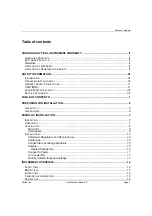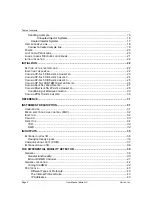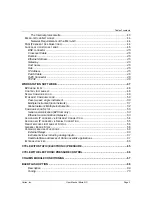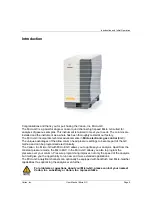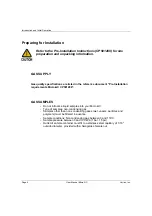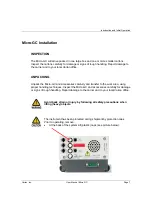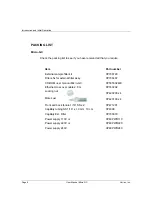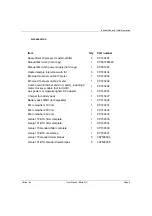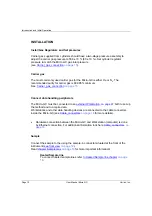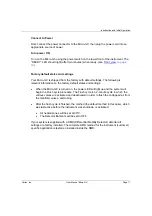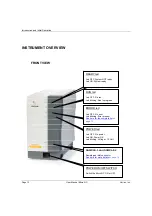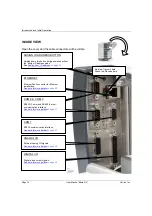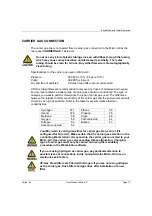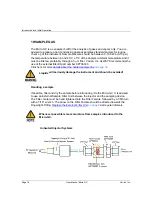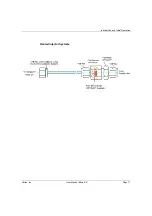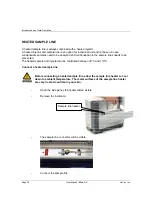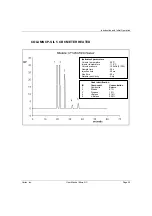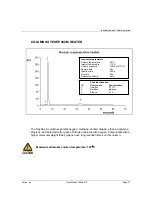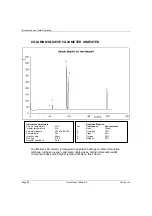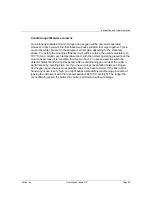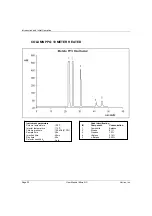
Introduction and Initial Operation
Varian, Inc.
User Manual Micro-GC
Page 15
CARRIER GAS CONNECTION
The carrier gas line is connected from a carrier gas connection to the Micro-GC at the
rear panel
CARRIER GAS 1 or 2
port.
Do not use any kind of plastic tubing since air will diffuse through the tubing,
which may cause noisy baselines and decreased sensitivity. The metal
tubing should be clean for GC use. Buy either flamed or chromatographically
clean tubing.
Specifications for the carrier gas used on Micro-GC:
Pressure:
550 kPa ± 10 % (80 psi ± 10 %)
Purity:
99.995%
minimum
Dry and free of particles:
CP-Gas Clean filters are recommended
CP-Gas Clean filters are recommended to remove any traces of moisture and oxygen.
For low-level analysis a better grade of carrier gas should be considered. The type of
analysis you want to perform determines the type of carrier gas used. The difference
between the relative thermal conductivity of the carrier gas and the sample components
should be as high as possible. Refer to the table for several relative thermal
conductivities.
Hydrogen 47.1
Ethane 5.8
Helium 37.6
Propane
4.8
Methane 8.9
Argon 4.6
Oxygen 6.8
Carbondioxide
4.4
Nitrogen 6.6
Butane 4.3
Carbon monoxide
6.4
Your Micro-GC is configured either for carrier gas He (or H
2
) or it is
configured for N
2
(or Ar). Make certain that the carrier gas selection in the
controlling Workstation corresponds to the carrier gas connected to your
Micro-GC. Use carrier gas corresponding this configuration. Changing
type of carrier gas must only be carried out using the mandatory
procedure in the Workstation software
If you are using hydrogen as carrier gas, pay particular attention to
possible leaks at connections inside and outside the Micro-GC (use an
electronic Leak Tester).
CP-Gas Clean filters are filled with nitrogen. If you are not using nitrogen
as the carrier gas, flush filters and gas lines after installation of a new
filter.

